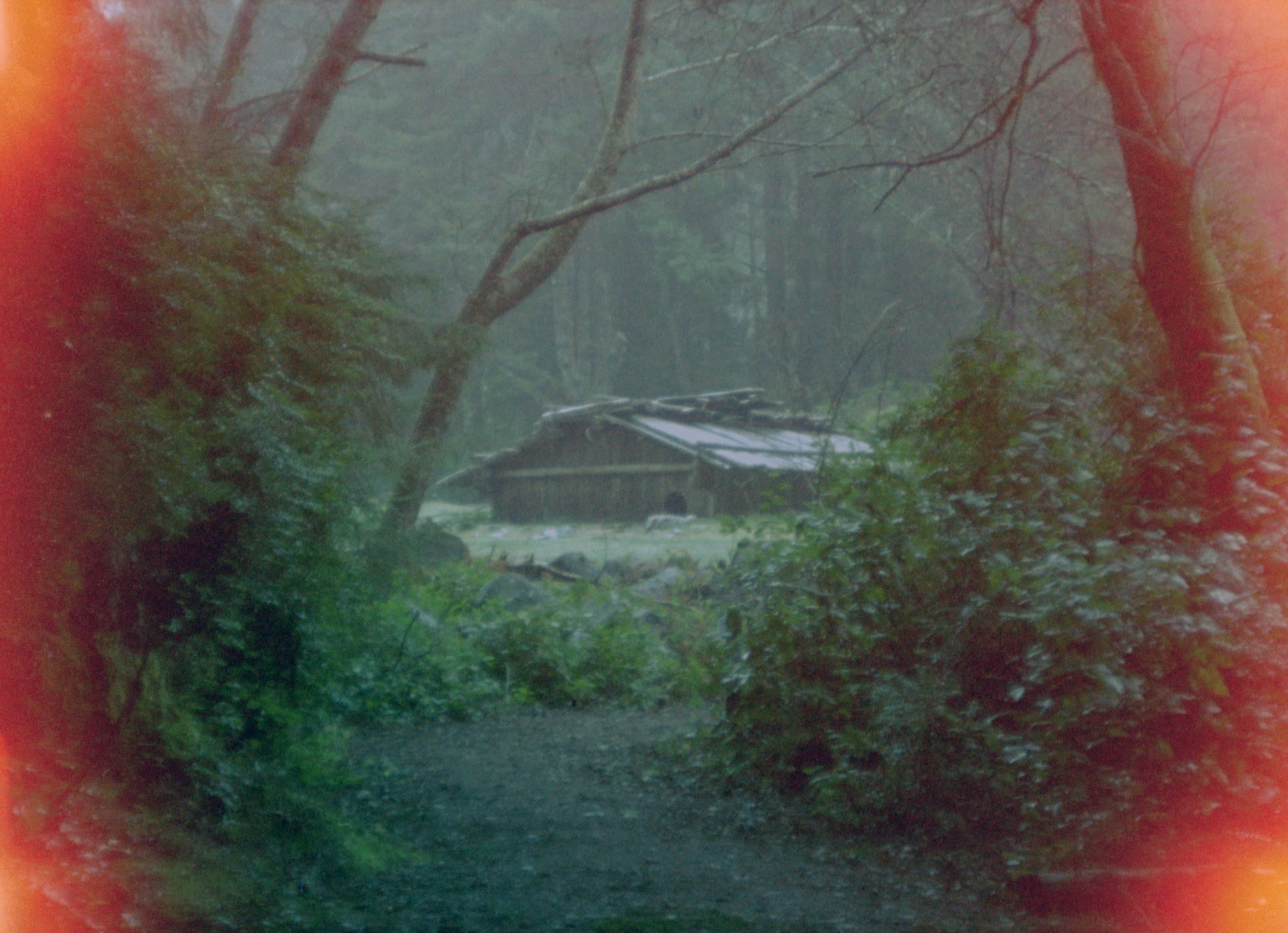 Light Signal (2022) by Emily Chao
Light Signal (2022) by Emily Chao
CROSSROADS 2022 — program 8
divisions of labor
Sunday, August 28, 3:15pm at Gray Area
Explorations of light, abstraction and filmic materiality overlap with depictions of urban spaces, physical and psychic sites of labor and (dis)locations of memory. Considerations of the subjectivities of qualia orbit and intersect with interrogations of representation and racialized exoticism. The apparati of cinema are not without their ideological implications.
Advance tickets here. $12 General/$10 Cinematheque Members and members of Gray Area.
Festival Pass here. $110 General/$90 Cinematheque Members and members of Gray Area.
COVID-19 SAFETY REQUIREMENTS: Proof of COVID-19 vaccine is required for entry to Gray Area. The use of masks is highly encouraged.
facebook event here
program community partner: Artists’ Television Access
SCREENING: Light Signal (2022) by Emily Chao (US); digital video, color, sound, 13 minutes. Paper Bag Test (2019) by Trevon Jakaar Coleman (US); digital video, color, sound, 5 minutes. Pinhole Park (2021) by Alex MacKenzie (Canada); digital video, b&w, sound, 11 minutes. Feriado (2021) by Azucena Losana (Mexico/Argentina); digital video, b&w, sound, 2 minutes. Madness Remixed (2021) by Rhea Storr (UK); digital video, color, sound, 11 minutes. Carbon Loops (2022) by Elia Vargas (US); 16mm double projection, color, silent, 3 minutes (loop). Prometheus (2021) by Dominic Angerame (US); digital video, b&w, sound, 4 minutes. Patent 1,571,148 (2022) by Kevin Jerome Everson (US); digital video, b&w, sound, 5 minutes. Singing in Oblivion (2021) by Eve Heller (US/Austria); digital video, b&w, sound, 13 minutes. TRT: 65 minutes
← 1 2 3 4 5 6 7 8 9 10 →
CROSSROADS 2022
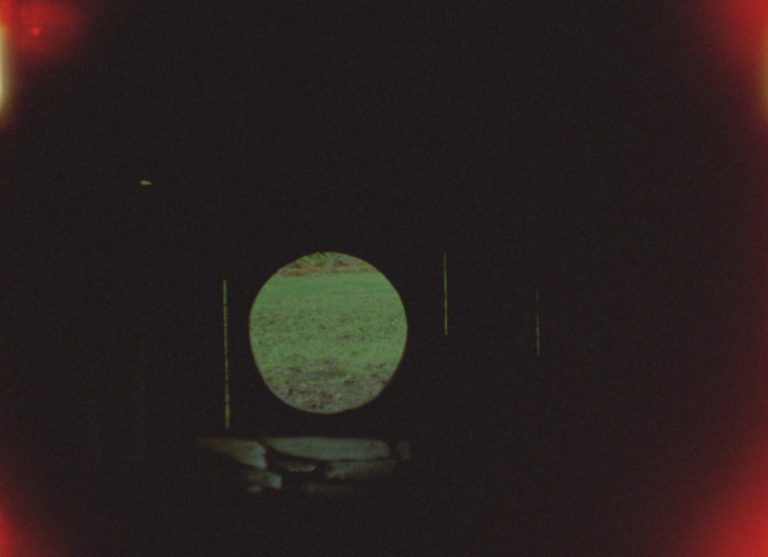
Light Signal (2022) by Emily Chao
A keeper’s log, a score for light, a script for sound. A reconstruction, a slow reclamation. To begin where there is light. (Emily Chao) world premiere
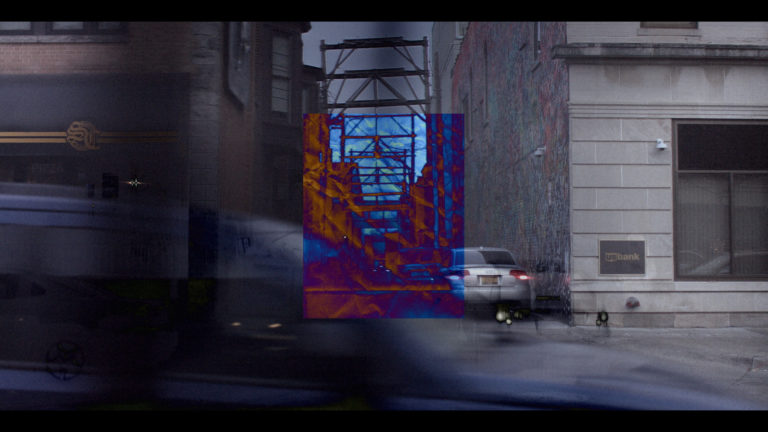
Paper Bag Test (2019) by Trevon Jakaar Coleman
In between spaces; A camera test for access. Exploring alleyways through camera exposure and examining technological, geographic and social exclusion, this film uses the “Paper Bag Test” and camera exposure principles to address the language and conventions of cinematographic technology/technique and its implications. (Trevon Jakaar Coleman) bay area premiere
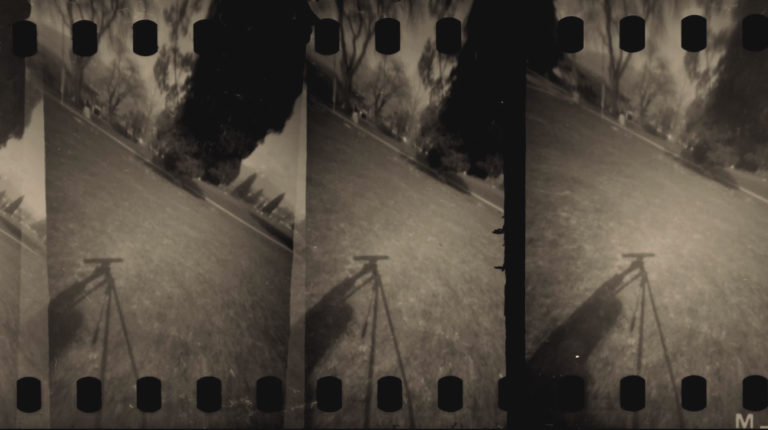
Pinhole Park (2021) by Alex MacKenzie
Created using a 35mm film tin modified into an outward-looking 59-pinhole camera that registers images on a single film loop mounted inside. These 59 pinhole “lenses” create as many distinct images that, when presented in series, create multidirectional pannings of the landscape. The work was exposed on outdated b&w 35mm print stock and processed by hand in Caffenol chemistry, a less environmentally impactful developer made with coffee, vitamin C and washing soda. The film documents a city park (Burrard View Park, Vancouver—unceded territories of the xwməθkwəy̓əm Musqueam, sḵwx̱wú7mesh Squamish and səlilwətaɬ Tsleil-Waututh nations)—using light, motion, abstraction and chemistry to render a near-empty space re-activated during the pandemic. (Alex MacKenzie) bay area premiere
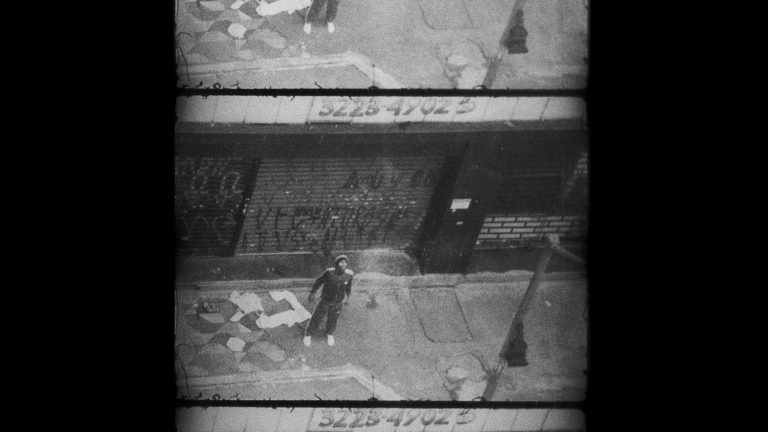
Feriado (2021) by Azucena Losana
The electromagnetic landscapes of Sao Paulo and Rio de Janeiro go by on an irregular basis and it is possible to see what’s outside the frame. This image hacking its connected to the poem E se Jesus fosse preto (And If Jesus Was Black) from the Brazilian poet Bruno Negrão, who proposes a new way to imagine some of our ingrained beliefs. (Azucena Losana) bay area premiere
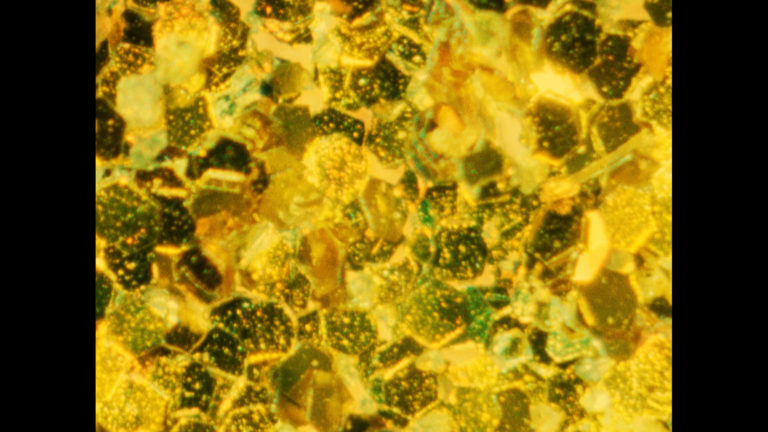
Madness Remixed (2021) by Rhea Storr
Worn by Beyonce, Miley Cyrus and Diana Ross, Josephine Baker’s now infamous Banana Skirt, first worn La Folie Du Jour (The Madness of the Day) (1926). An exoticization of the Black body, the skirt continues to be worn in homage and appropriation. Madness Remixed examines the fetishization of Baker’s body through data moshing analogue film. Seen in Siren of the Tropics (1927) washing the whiteface from her body in the bath, Baker is compared with a film fetish, a 16mm abstraction optically printed with latex and glitter. Cultural labour is contrasted with plantation labour, unfolding a questioning of which images of Black bodies should be reproduced and on what terms. (Rhea Storr) bay area premiere
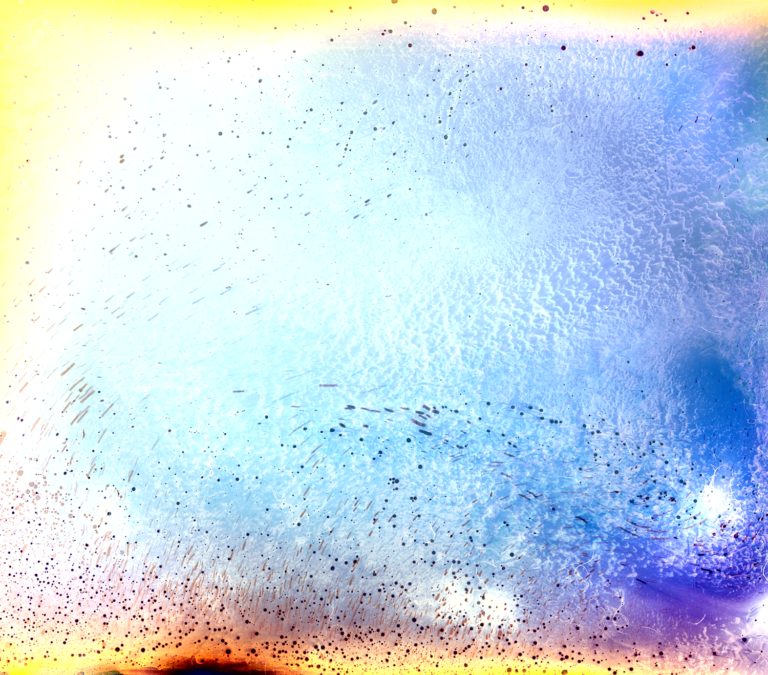
Carbon Loops (2022) by Elia Vargas
Carbon Loops is an earthly diffraction of a process of light—a decomposing 16mm film installation, a process of non-representational crude oil inscriptions, a film environment. This work reconfigures representations of oil and light by physically breaking down images of oil through its own temporal inscription, in other words, utilizing the materializing effects of oil (marking bodies, decomposition, disintegration) to illuminate other ways of seeing (or thinking, knowing, conceptualizing) oil. Carbon Loops (re)presents oil-soaked representations of oil as an ongoing, yet disintegrating, projection of light. (Elia Vargas) bay area premiere
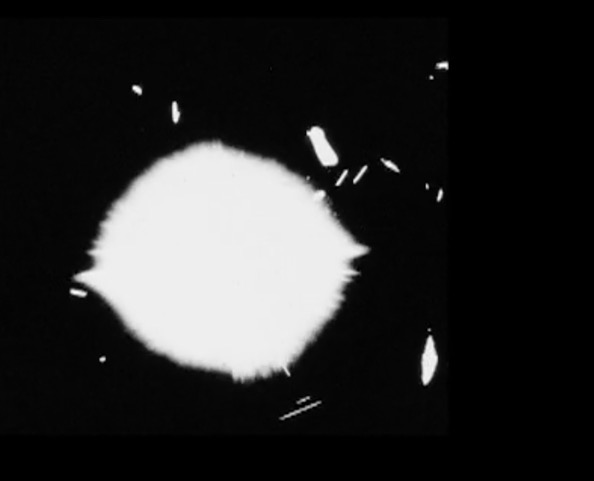
Prometheus (2021) by Dominic Angerame
Let there be light! (Dominic Angerame)
I’ve never seen light that looks or feels so dark; forward moving possibility united with so much cosmic terror. (Marilyn Brakhage)
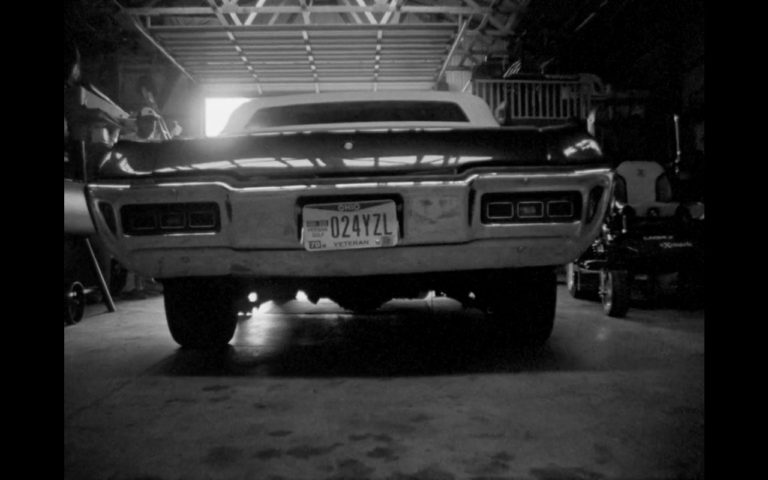
Patent 1,571,148 (2022) by Kevin Jerome Everson
Pleas “Dinky” Everson tunes his vintage Pontiac with the 1924–26 patent-pended Handee Wrench invented by the late J. Sisolok of Mansfeld Ohio. (Kevin Jerome Everson) world premiere
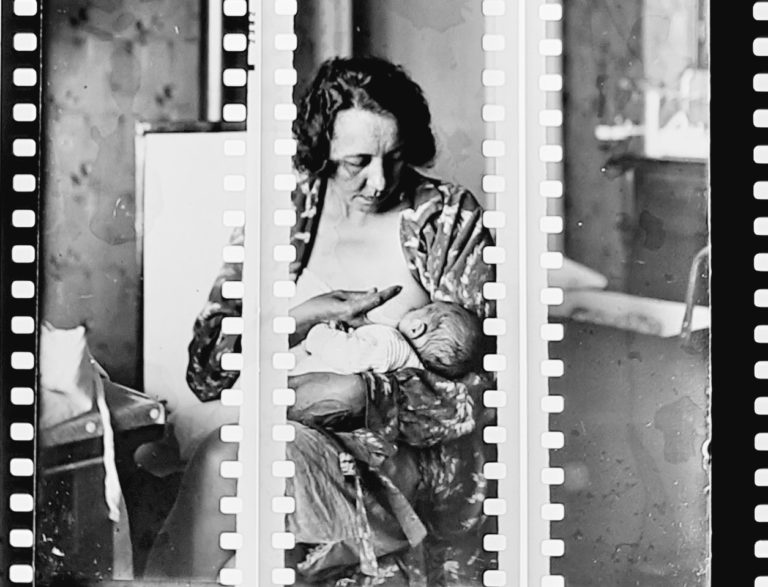
Singing in Oblivion (2021) by Eve Heller
Vienna’s Jewish Währinger cemetery opened to the public in 1784, during an era of tolerance and prosperity. With the rise of Nazism, this historical jewel was desecrated and became an overgrown wilderness, though passersby noted it sounded as if a paradise of birds was locked behind its high stone walls. Without the care of generations displaced or killed during the Nazi era, graves were decimated by the falling branches and uncontrolled growth of ancient trees while the words and symbols on tombstones disappear into dust. Singing in Oblivion interweaves footage shot on location with images lifted from antique glass negatives. (Eve Heller)
—————
Artist Bios
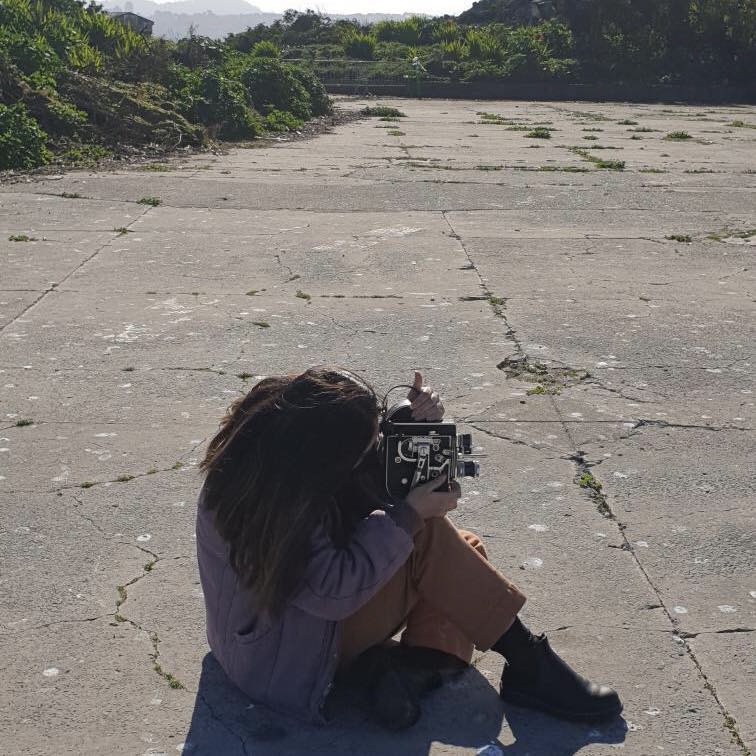
Emily Chao (US) is a filmmaker and independent curator based in the Bay Area. She is a co-programmer of Light Field, an international exhibition of recent and historical moving image art on celluloid, held in the San Francisco Bay Area, and a member of Black Hole Collective Film Lab in Oakland CA. She is from San Jose CA and earned her MFA in Film/Video at the California Institute of the Arts.
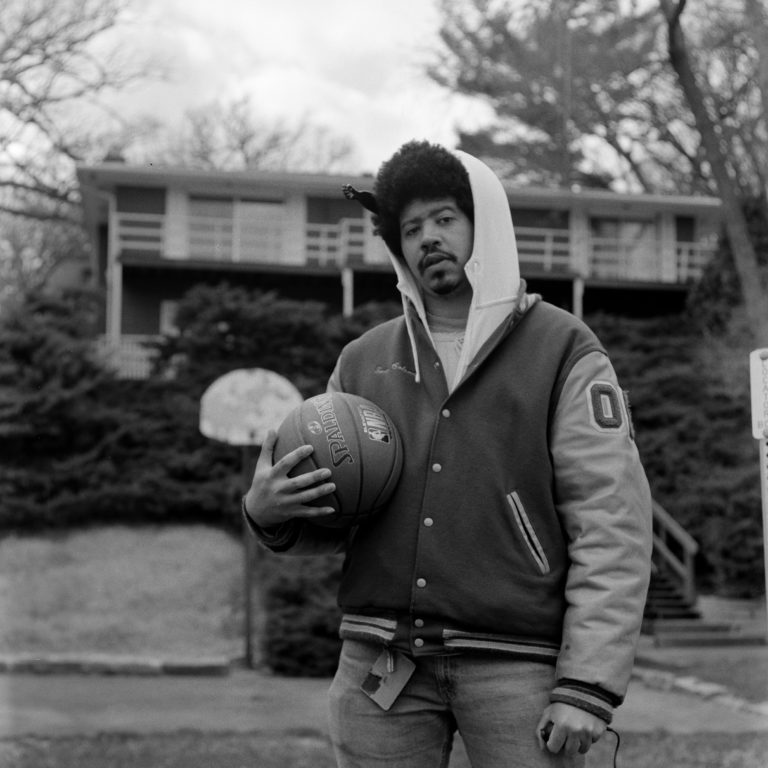
Trevon Jakaar Coleman (US) is a Caricaturist, Studio Artist, Filmmaker and Educator from Maryland. Trevon’s film works have been viewed at Mimesis Documentary Festival, Florida Film Festival, Slamdance Film Festival, Onion City Experimental Film +Video Festival, and the Walker Art Center, among other venues. Trevon is currently in progress on several projects including two trilogy anthologies, a feature-length documentary and film/video installation.

Alex MacKenzie (Canada) is a Vancouver-based artist working primarily with analog film equipment and hand processed imagery. He creates works of expanded cinema, light projection installation and projector performance. His work has screened at International Film Festival Rotterdam; EXiS, Seoul; Light Cone, Paris; Kino Arsenal, Berlin and many other venues. Alex was the founder and curator of the Edison Electric Gallery of Moving Images, the Blinding Light!! Cinema and the Vancouver Underground Film Festival. Alex is a founding member of the Iris Film Collective in Vancouver.
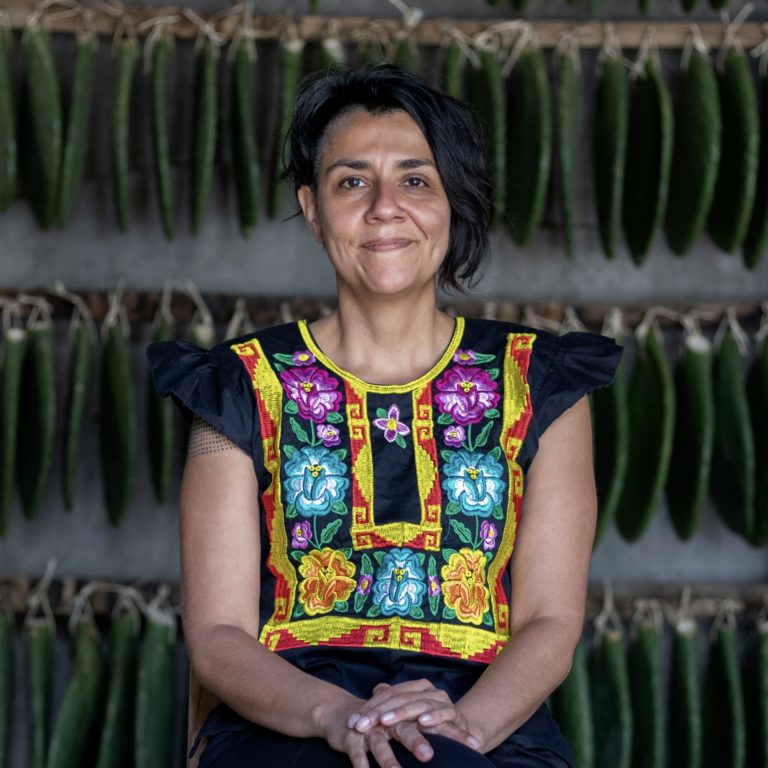
Azucena Losana (Mexico/Argentina): I live and work in Mexico City and Buenos Aires. I attended the Multimedia Arts Degree at the National Arts University in Argentina, the Diploma of Audiovisual Preservation and Restoration (DIPRA) by the Film Archive and the National Image of Argentina (CINAIN) and Claudio Caldini’s experimental film workshop. My work is related to experimental films, installations and video.
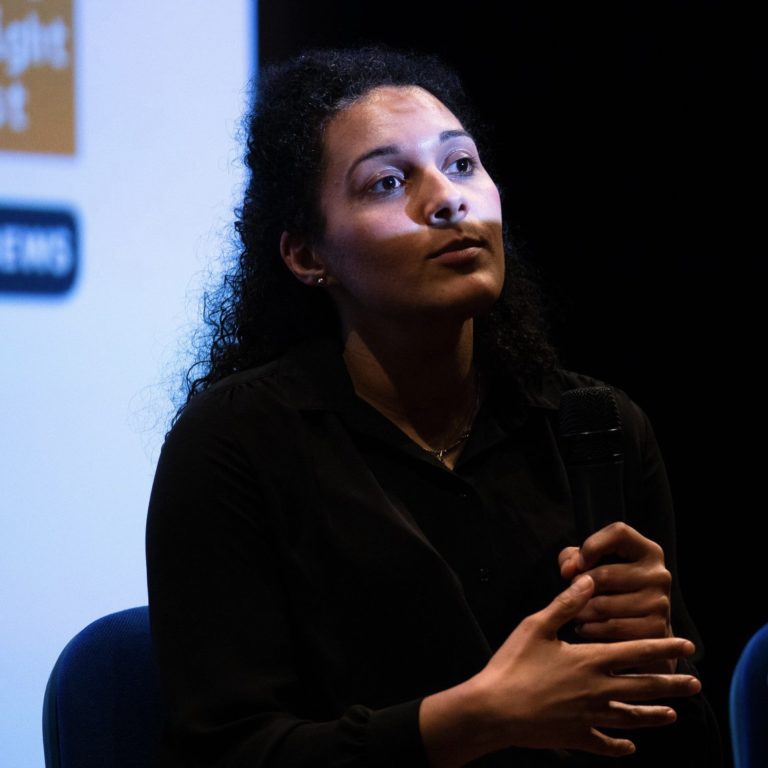
Rhea Storr (UK) explores Black and mixed-race cultural representation with an interest in the in-between, the culturally ineffable, translation, format and aesthetics. She is concerned with performance, costume and the politics of masquerade. In particular, she has employed carnival as a means to articulate a complex relationship between Britain and the Caribbean that underlines the importance of location. Often working in photochemical film, she considers counter-cultural ways of producing the moving image. She is the winner of the Aesthetica Art Prize 2020 and the Louis Le Prince Experimental Film Prize.
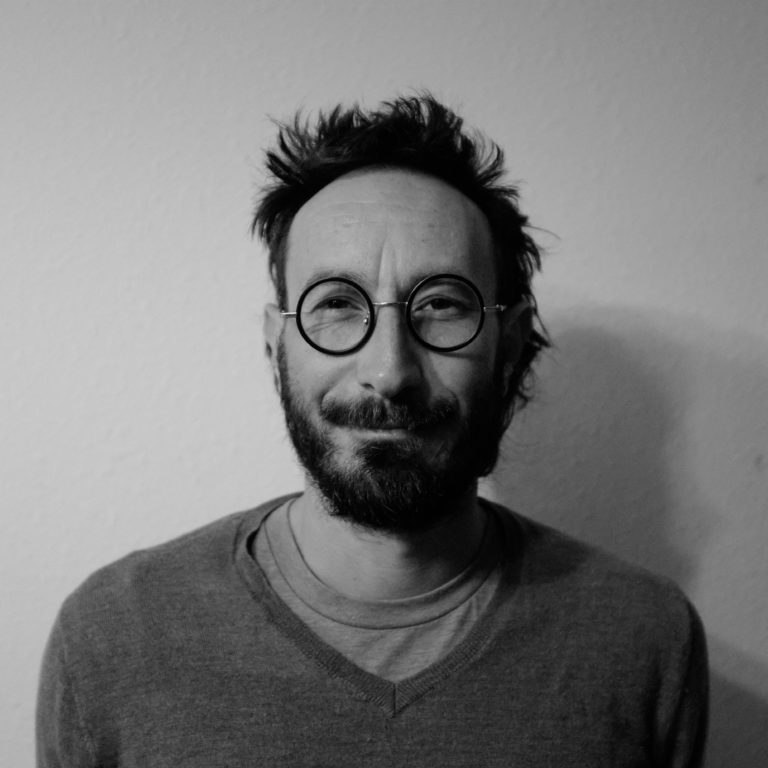
Elia Vargas (US) is an artist and a scholar working across multiple mediums, ranging from video and sound to writing and performance, focused on naturecultural media practices. His work is critical, speculative, ecological, energetic and technocultural. It is engaged in an interdisciplinary approach with contemporary and historical experimental media, digital, cultural and feminist science studies. His current work considers the cultural, philosophical and techno-scientific conditions of the early American oil industry and argues for refiguring crude oil as media to decenter anthropocentric representations of nature. Towards the pursuit of challenging historical forms of meaning-making, he is interested in concepts that perform change—a multi-species or posthumanist practice of worlding. His work seeks non-representational ways to trouble the entanglements of nature, culture, and technology. Vargas collaborates widely with artists, musicians, and institutions. He holds a PhD from UC Santa Cruz. He is currently a lecturer at CSU Monterey Bay and is the co-founder of the Living Room Light Exchange.
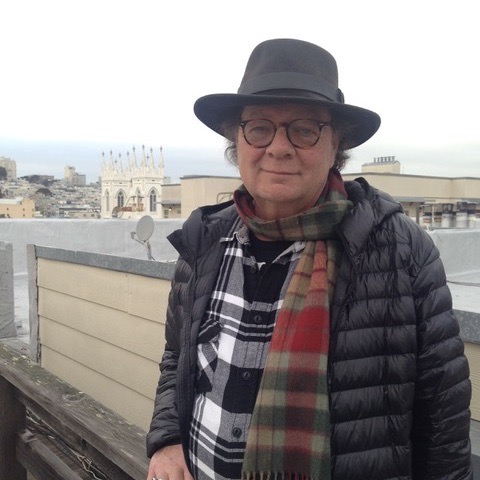
Dominic Angerame’s (US) works search for unfamiliar views of seemingly faamiliar things: cities, landscapes, faces and bodies. The filmmaker’s desire to make everyday images “strange” at the editing table, to learn to see them fresh and to estrange them from our senses, makes his films seem—in all the different social realities they contain—always distanced as well, as if they led to a world beyond the concrete, beyond time and defined space. In Angerame’s films, an amazingly comprehensive history of the “visionary” moving image is always present. His films testify to an encyclopedic knowledge of film-and also his desire to satisfy, with his own audio-visual offerings, the very different desires of his audience.
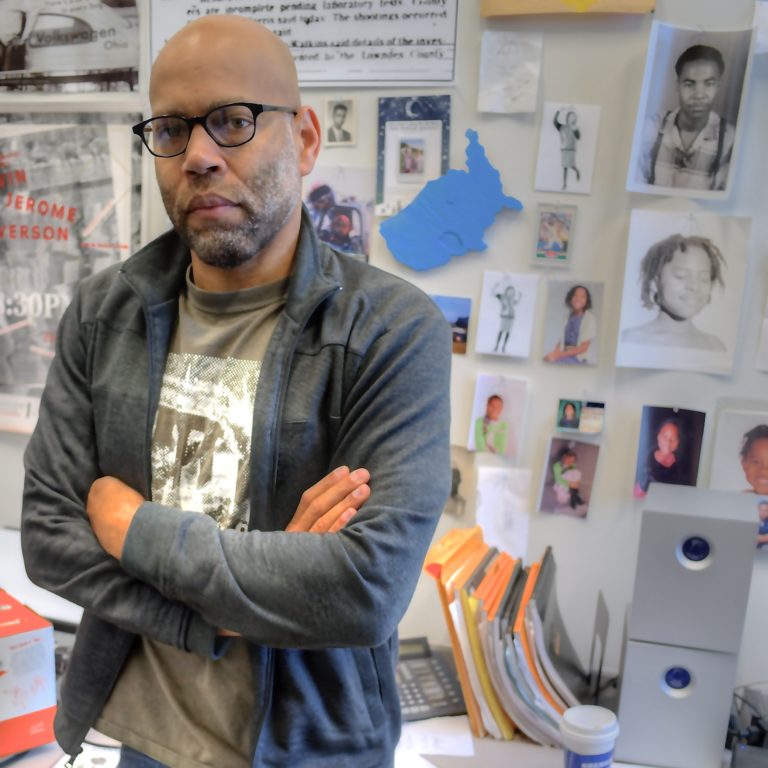
Kevin Jerome Everson (US) (b.1965, Mansfield, Ohio). Professor of Art at University of Virginia, Charlottesville. Everson’s art practice encompasses printmaking, sculpture, photography and film. Recipient of the Guggenheim; Berlin Prize; Heinz Award in Art and Humanities; Alpert Award for Film/Video and Rome Prize. His work has been featured in mid-career retrospectives at Cinéma du réel; Harvard Film Archive; Tate Modern/Film; Whitney Museum; Centre Pompidou; Modern and Contemporary Art Museum, Seoul; Cinematek Brussels; the Whitney Biennial, Sharjah Biennial and the Carnegie International.
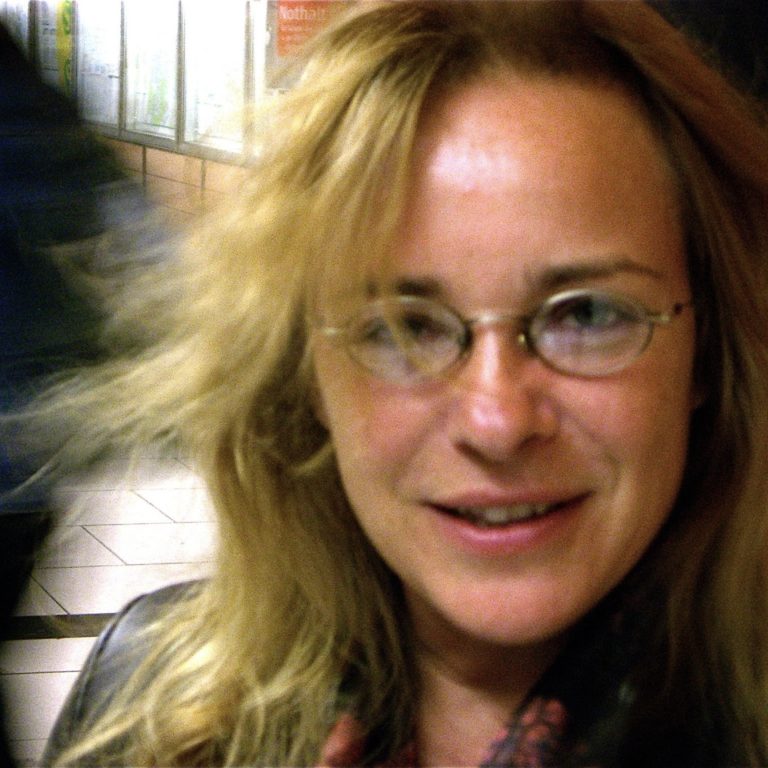
Eve Heller (US/Austria) was born in Amherst MA and began studying filmmaking at age seventeen, attending the SUNY Department of Media Studies at Buffalo and New York University. She received her BA in German Literature and Interdisciplinary Studies from Hunter College in 1987 and an MFA in filmmaking from Bard College in 1993. Her work has been shown at such venues as the Whitney Museum of American Art, the Collective for Living Cinema, the New York Film Festival, Pacific Film Archive, Cinematheque Ontario, International Film Festival Rotterdam, the Louvre, the Viennale and the Austrian Filmmuseum. Eve teaches workshops throughout the world on analog filmmaking and works as a German/English translator specializing in texts about cinema. She currently lives and works in Vienna and Hyde Park NY.
